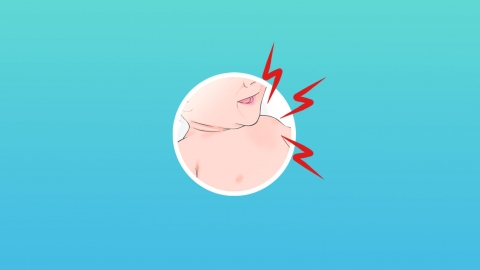How to treat damp-toxin skin diseases
Moisture-related dermatological conditions may be associated with environmental humidity, constitutional factors, eczema, contact dermatitis, impetigo, and other factors. These conditions can generally be treated through general care and medication. If abnormalities occur, prompt medical attention is recommended. Detailed analysis is as follows:

1. Humid Environment: Prolonged exposure to a damp environment may lead to skin invasion by moisture, making one prone to moisture-related skin diseases. It is important to maintain a well-ventilated and dry living environment, regularly air bedding, and reduce moisture-induced skin irritation.
2. Constitutional Factors: Some individuals have naturally sensitive constitutions, making them susceptible to dampness invasion, which may lead to accumulation of damp toxins in the body and trigger skin diseases. A light diet, avoidance of raw, cold, and greasy foods, moderate exercise to strengthen physical condition, and reduction of damp toxin accumulation are recommended.
3. Eczema: Skin inflammation may result from combined internal and external factors. Accumulation of damp toxins may lead to red patches, papules, and blisters on the skin, accompanied by intense itching. Scratching may result in exudation and crusting. Patients should avoid scratching, maintain skin cleanliness, and physicians may prescribe calamine lotion, loratadine syrup, hydrocortisone butyrate cream, and other medications to reduce inflammation.
4. Contact Dermatitis: Inflammatory reactions may occur after the skin comes into contact with allergens or irritants. Damp toxins may accumulate, causing redness, swelling, papules, and other symptoms at the contact site, accompanied by itching or burning pain. Physicians may recommend mometasone furoate gel, cetirizine hydrochloride tablets, zinc oxide ointment, and other treatments to promote recovery.
5. Impetigo: Caused by infection with Staphylococcus aureus or streptococcus bacteria, damp toxins and heat toxins intertwine, causing pustules on the skin. These pustules rupture easily, forming honey-yellow crusts and are contagious. Patients may follow medical advice to use mupirocin ointment, cefaclor for oral suspension, fusidic acid cream, and other medications to control infection.
In daily life, attention should be paid to personal hygiene, keeping the skin dry, and avoiding contact with allergenic substances. Spicy and irritating foods should be limited, and more fresh fruits and vegetables should be consumed. If skin symptoms persistently worsen or signs of infection appear, prompt medical consultation is necessary.







